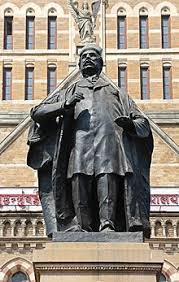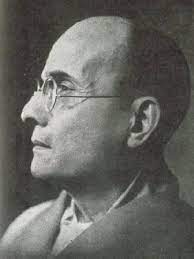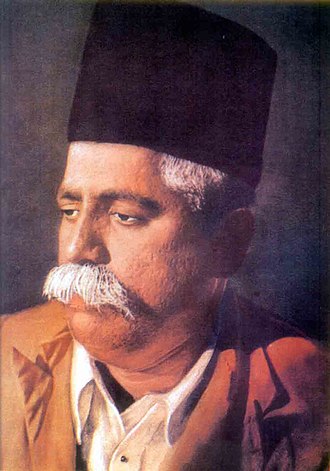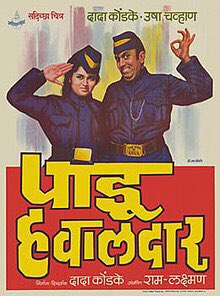The element of time is crucial in a city like #Mumbai where things move on the dot & distances are measured in terms of time taken. Did you know that the city once had its own time zone & Sir Pherozeshah Mehta, the #Congress politician resisted attempts to change it? #history 

Sir Pherozeshah Mehta (1845–1915) was a #Parsi politician & lawyer known as the Lion of #Bombay. On 3 April, Mehta's statue outside the #BMC headquarters will complete 100 years. Mehta was among those who sought that #BombayTime, a seperate time zone for the city be maintained
Before the official Indian Standard Time was introduced, British India had the #Madras & #Mumbai standard times. The #Madras time was half an hour ahead of that in #Bombay. Some govt offices followed the #BombayStandardTime or #BST, while some followed the #Madras standard time.
People too adjusted their watches accordingly.
Madras Standard Time was 30 minutes ahead of the BST. The BST in turn, was 4 hours and 51 minutes ahead of the GMT. The two time zones were laid down in 1884.
Madras Standard Time was 30 minutes ahead of the BST. The BST in turn, was 4 hours and 51 minutes ahead of the GMT. The two time zones were laid down in 1884.
When the Indian Standard Time or IST was adopted on 1 January 1906, Sir Pherozeshah Mehta opposed it in the Bombay Municipal Corporation (BMC) and ensured that the BST continued in the civic body.
On the day that the IST came into force, Lord Lamington, the Governor of Bombay, left in his horse-driven buggy to see how the public clocks were marking their time. He saw the clock at Crawford market tower display the Bombay Standard Time & asked for it to be set 39 mins ahead
The municipal employees in charge of the watch complied.
But soon after, Sir Mehta came there and was angry to see the time changed as per the IST. He asked the civic workers: 'Are you employees of the municipality or the Governor? What authority does the Governor have to seek
But soon after, Sir Mehta came there and was angry to see the time changed as per the IST. He asked the civic workers: 'Are you employees of the municipality or the Governor? What authority does the Governor have to seek
that the time being displayed on a watch owned by civic undertakings be changed? #Mumbai time is Mumbai's time. I will not allow it to be changed even at the cost of my life.' He also ensured that the time on this clock tower was changed.
That afternoon, in a meeting of the BMC, Mehta ensured that a resolution for maintaining the #BST was passed. He maintained that this time zone was based on the time that the sun dawned in the city. He said it was the symbol of the city's pride! #Mumbai
The Anglo-Gujarati weekly 'Hindi Punch' carried a cartoon on this Mumbai time vs Indian Standard Time & Mehta's role in the debate. It showed the Governor trying to pull the clock hand in his direction, while Mehta was at the same time trying to pull it in the opposite direction!
The BST was maintained till 1955. Mehta's role in ensuring that the BST continued in #Mumbai has been written about by the social reformer and journalist Prabodhankar Keshav Sitaram Thackeray.
Parsi fire temples still maintain their clocks as per the old Bombay Standard Time. Thanks for this @tajmahalfoxtrot
• • •
Missing some Tweet in this thread? You can try to
force a refresh

 Read on Twitter
Read on Twitter









